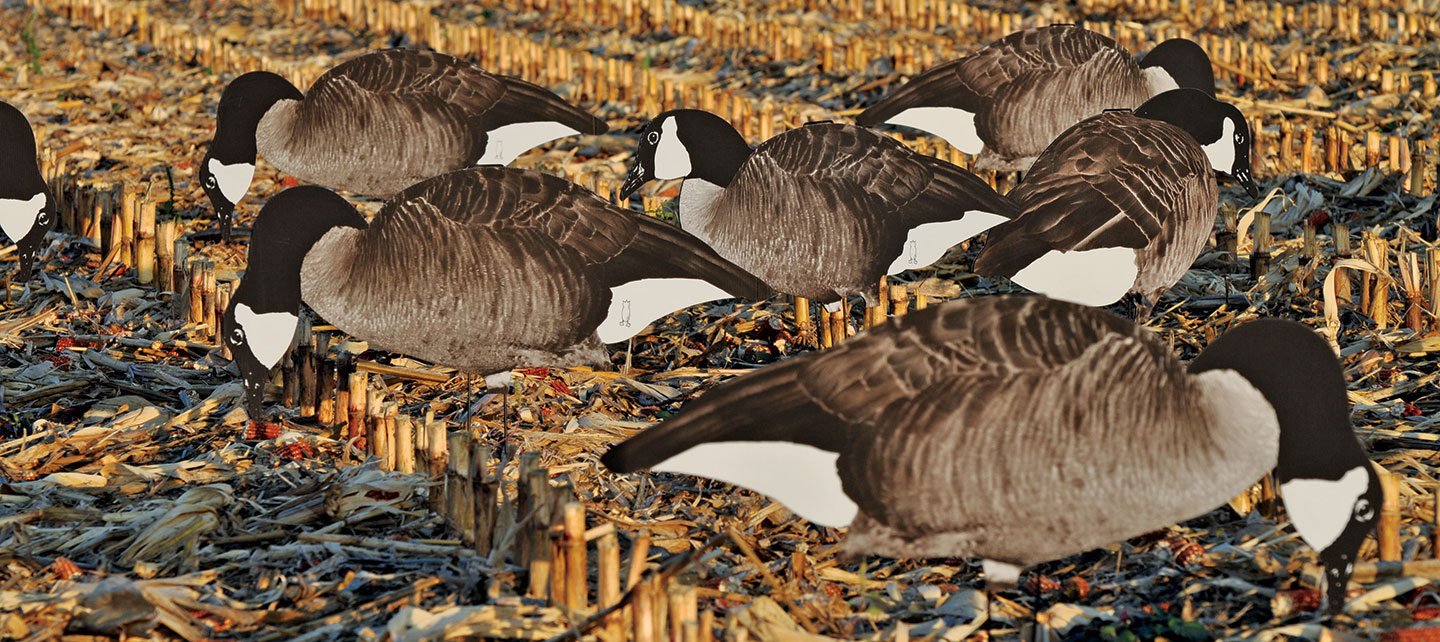Dive Bomb Hunting Strategies: Decoy Spreads That Fool Wary Flocks
Table of Contents

Introduction: The Art of Dive Bomb Hunting
Dive bomb hunting is one of the most exciting and challenging forms of waterfowl hunting. Unlike traditional methods, where patience is key, dive bomb hunting is an adrenaline-packed pursuit where strategy and precision play an important role. At the core of this exciting sport are decoy spreads. Proper decoy placement can make all the difference between a successful hunt and a wasted day. This article explores dive bomb hunting strategies, with a particular focus on decoy spreads that are designed to fool even the most cautious flocks of birds.
Understanding Dive Bomb Hunting
What is Dive Bomb Hunting?
Dive bomb hunting refers to a hunting technique that relies heavily on decoys to attract waterfowl into shooting range. The term “dive bomb” originates from the dramatic, high-speed approach birds make as they descend toward the decoy spread. As birds “dive bomb” into a spread, they appear as if they’re plummeting from the sky, creating an exciting opportunity for hunters to take their shot. For this technique to be effective, hunters need to craft decoy setups that mimic the natural environment and behavior of the birds they are targeting.
The Evolution of Dive Bomb Hunting
Dive bomb hunting has evolved significantly over the years, especially with the advancement of technology. Early decoys were simple, static models, often hand-carved from wood. Today, with the rise of motion decoys and realistic full-body decoys, hunters have much more sophisticated tools at their disposal. Dive Bomb Industries has played a key role in this transformation, creating high-quality decoys that simulate real bird movement. The evolution of decoy technology has made it easier for hunters to create realistic spreads that fool even the most cautious birds.
The Importance of Decoy Spreads in Dive Bomb Hunting
Why Decoys Are Crucial for Effective Hunting
In dive bomb hunting, decoys are the foundation of the entire operation. Birds are naturally attracted to decoys because they mimic the presence of other birds, signaling that the area is safe for landing. Without decoys, birds would be far less likely to approach, making the hunt much more difficult. A well-placed spread will not only attract birds from a distance but also create a believable environment that encourages them to land in shooting range.
Types of Decoys Used in Dive Bomb Hunting
Various types of decoys are available for hunters to use, each with its unique advantages. Here are some of the most commonly used decoys in dive bomb hunting:
- Full-Body Decoys: These decoys are the most realistic, designed to replicate an actual bird in detail. Full-body decoys are perfect for open fields and work well in large spreads, where they can draw in distant birds.
- Shell Decoys: Lightweight and portable, shell decoys are ideal for hunters who need to set up quickly and move between different hunting locations.
- Floaters: Primarily used in waterfowl hunting, floaters are designed to float on water, mimicking the movements of ducks and other waterfowl.
- Motion Decoys: These decoys include moving parts that simulate the natural motion of birds. These decoys are especially effective in attracting birds from a longer distance.
How to Choose the Right Decoys for Your Spread
Selecting the Best Decoys for Different Conditions
Choosing the right decoys is essential to the success of your dive bomb hunting efforts. Factors such as the type of birds you are targeting, the environment, and the time of year will all influence your decoy choices. For example, in a large open field, full-body decoys may be most effective. In contrast, a smaller pond may require floaters or shell decoys for a more natural appearance.
The Role of Motion in Decoy Effectiveness
Adding motion to your decoy spread is one of the most effective ways to increase your chances of success. Birds are instinctively drawn to movement, so using motion decoys can help simulate the behavior of live birds. Spinning-wing decoys are particularly effective for attracting mallards and other duck species, as they mimic the flapping wings of a bird.
Building an Effective Dive Bomb Decoy Spread
Placement Strategies for Maximum Impact
The placement of your decoys is just as important as the decoys themselves. A well-organized spread mimics natural bird behavior, with decoys arranged in feeding, resting, and flying positions. Scatter the decoys irregularly, avoiding an overly uniform arrangement. This randomness will make your spread look more natural and convincing to incoming birds.
Creating Realistic Flocks with Diversified Decoy Setups
A successful decoy spread should feature a variety of bird positions. Birds feed, rest, and fly in different patterns, so it’s important to include decoys that represent all these activities. Use a combination of feeding, resting, and preening decoys to simulate a realistic flock. By diversifying your decoy setup, you create a scenario that will attract birds and encourage them to land in your spread.
Decoy Spread Techniques for Different Hunting Areas
Field vs. Water Decoy Spreads
The environment in which you’re hunting will significantly impact your decoy setup. In open fields, larger decoys are often more effective, as they’re easier for birds to spot from a distance. However, when hunting over water, smaller, more subtle decoys work best. The key is to create a realistic scene that mimics what birds would expect to see in that particular habitat.
Utilizing Wind Direction for Optimal Decoy Placement
Wind direction is a critical factor in decoy placement. Birds naturally approach downwind, so place your decoys with the wind at your back for the best chance of success. Additionally, wind-driven motion decoys can enhance the realism of your spread, as they will move naturally in response to the wind.
Overcoming Wary Flocks: Advanced Decoy Tactics
How to Fool Experienced Birds
Experienced birds are harder to fool, but with the right tactics, it’s still possible to succeed. One technique is to rotate the positions of your decoys periodically, creating the appearance of movement within the flock. This will attract birds from a longer distance, as they’ll think the decoy spread is more active. Additionally, using natural cover such as blinds and hides can help minimize the risk of spooking birds.
Using Spreads to Mimic Natural Behavior
To fool wary birds, your decoy spread must mimic the natural behavior of a flock. This means incorporating decoys that represent a variety of activities, such as feeding, resting, and even preening. A spread that shows birds engaged in different behaviors will appear more natural and increase the likelihood of attracting flocks.
Common Mistakes to Avoid with Dive Bomb Decoy Spreads
Overcrowding Your Spread
One of the most common mistakes hunters make is overcrowding their decoy spread. While it may seem like more decoys will attract more birds, an overcrowded spread can appear unnatural and chaotic. A balanced spread with enough decoys to create a realistic flock is usually more effective than one that’s overstuffed.
Using Poor-Quality Decoys
Low-quality decoys fail to capture the attention of birds. When selecting decoys, invest in high-quality products that closely mimic the real thing. Full-body decoys, especially those made from durable materials and featuring realistic details, are crucial for fooling birds and attracting them into shooting range.
Maximizing Success with Additional Gear
Enhancing Your Spread with Motion Devices
Motion devices, such as spinning-wing decoys and wing flappers, can be a game changer for your spread. These devices simulate the natural movement of birds, making your spread appear more realistic. Birds are naturally attracted to movement, so adding motion to your decoys will enhance their effectiveness.
How to Use Hides and Blinds Effectively
Using blinds or natural covers is another essential tactic for dive bomb hunters. By positioning yourself inside a well-camouflaged blind, you can minimize the risk of being spotted by incoming birds. Ensure your blind blends in with the surrounding environment to maintain a natural appearance.
Best Times and Conditions for Dive Bomb Hunting
The Optimal Seasons for Effective Decoy Spreads
The best time for dive bomb hunting largely depends on the migration patterns of the birds in your area. Generally, the peak hunting seasons for waterfowl are in the fall and winter, as these are the times when birds are migrating. Make sure to time your hunts around these seasonal migrations to increase your chances of success.
Ideal Weather Conditions for Success
While you can hunt in a variety of weather conditions, certain weather types tend to be more favorable for dive bomb hunting. Overcast skies and light winds are typically ideal, as they reduce the risk of birds spotting you from a distance. Additionally, birds tend to feed more actively during these conditions, making them more likely to approach your decoy spread.
Conclusion: Perfecting Your Dive Bomb Hunting Setup
Perfecting your dive bomb hunting setup takes time, practice, and a deep understanding of both the birds you are hunting and the equipment at your disposal. By selecting the right decoys, strategically placing them in your spread, and using advanced tactics to fool wary flocks, you can significantly improve your chances of success. Remember to always pay attention to the wind, avoid overcrowding your spread, and invest in high-quality decoys. With the right preparation, you’ll be well on your way to mastering the art of dive bomb hunting.



